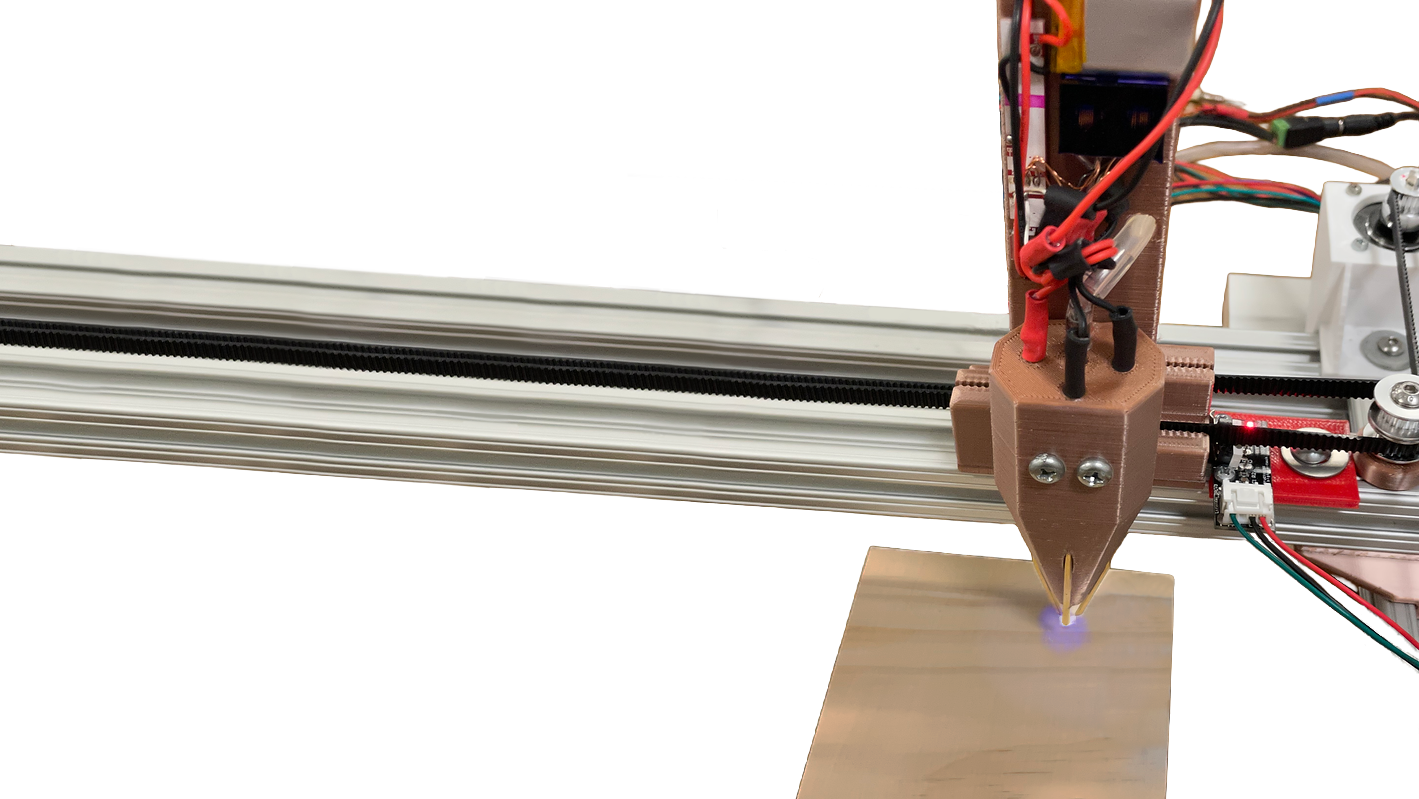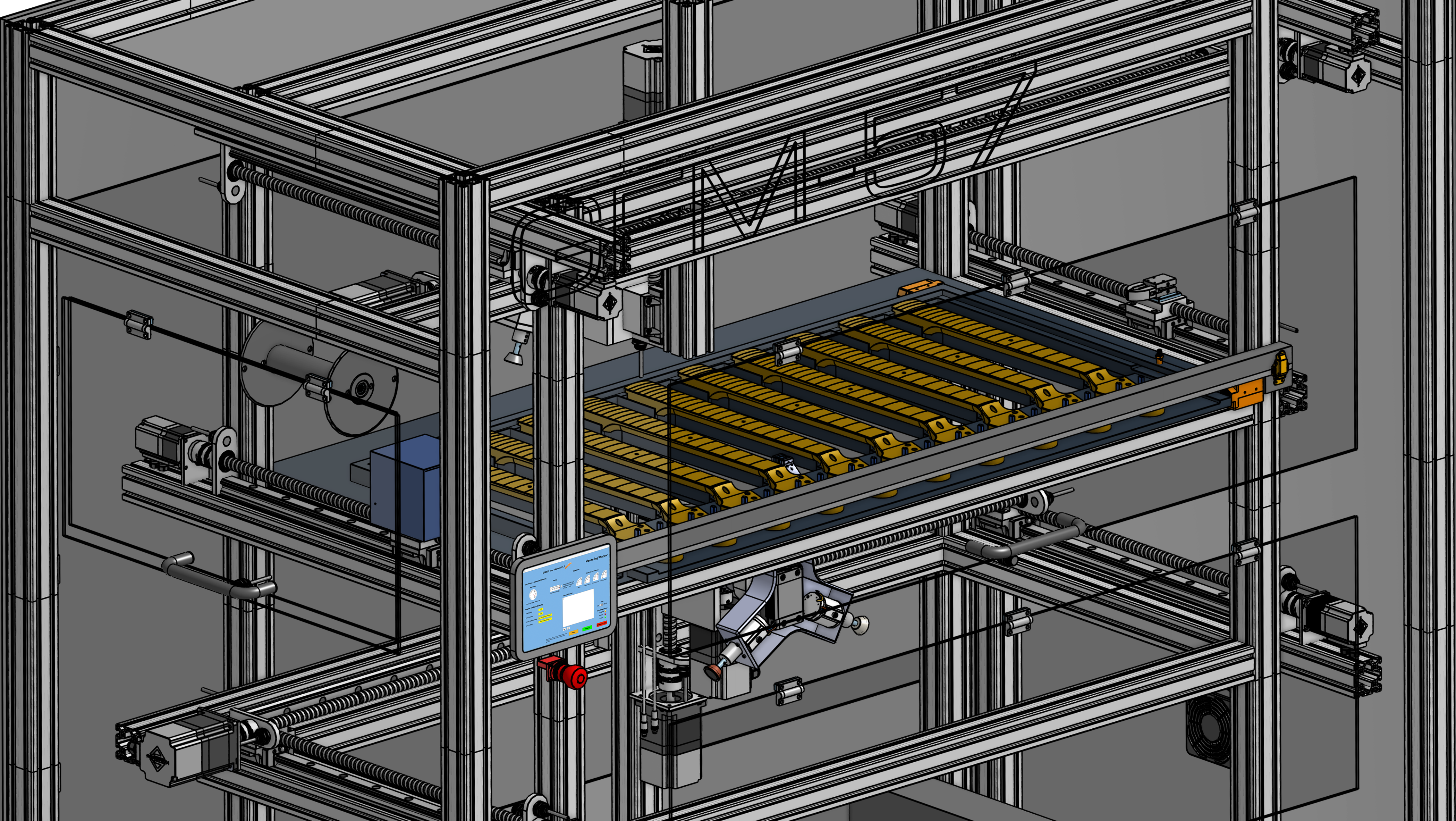Background
Problem Statement
Soft robots are defined by their use of highly-compliant materials, this makes them well-suited to navigating complex environments and performing delicate tasks.
However, it is very challenging to produce the necessary force transfers required for motion in soft robotic limbs and actuators, compared to conventional, "rigid" robots. These challenges must be addressed in order to fully leverage the advantages of soft robotic platforms.
Design
Exploded drawing view of final Starfish design. Featuring 3 MG90s metal-geared servos, with silicone (Ecoflex 00-30) limbs, and PETG torso.
Design Motivation
This project was completed for a soft robotics course at BU. It scored 2nd place at an intercollegiate competition and won the fastest speed trial.
While many soft robots utilize pneumatic, fluidics, or dielectric shape memory alloys (SMA) for actuation, I was interested in the relatively unexplored mechanism of cable actuation.
Fabrication
Silicone Casting
Bench Testing & Controls
Tri-Hub Skeleton
Live Demo Video
Demo video of final operational robot featuring initial bench tests to validate both electromechanical control and forward, left, and right maneuvering capabilities.
Controls
Design Overview
Lorem ipsum dolor sit amet, consectetur adipiscing elit. Mauris quis pellentesque augue. Duis sed arcu sit amet velit tincidunt consectetur. Pellentesque augue libero, imperdiet et semper sit amet, mollis sit amet dolor. Nullam gravida a odio a varius. Sed ut diam sed purus accumsan aliquam ut quis leo.
Tri-Hub Component
Lorem ipsum dolor sit amet, consectetur adipiscing elit. Mauris quis pellentesque augue. Duis sed arcu sit amet velit tincidunt consectetur. Pellentesque augue libero, imperdiet et semper sit amet, mollis sit amet dolor. Nullam gravida a odio a varius. Sed ut diam sed purus accumsan aliquam ut quis leo.
Conclusions
extra text for 1st row, either push down or delete:
Soft Robots Defined
Soft robots leverage the advantages of high-compliance materials, such as silicone polymers, for novel applications. Compared to traditional "rigid" robots, it is very challenging to produce the necessary force transfers required for motion in soft robotic limbs. The repeatable control of soft actuators pose similar challenges.
This project was completed for a soft robotics course at BU. It scored 2nd place at an intercollegiate competition and won the fastest speed trial. Starfish is a cable-actuated, pentapedal, silicone-based soft robot, capable of locomotion and directional control.
Full CAD rendering of final design (bottom perspective).
Full CAD rendering of final design (top perspective).
Applications for soft robots include medical robotics, biomedical engineering, and other use cases where robots come into close contact with human beings or other fragile projects, e.g. produce packing, harvesting fruits and vegetables, and so on. In these settings, soft robots can leverage their compliance to reduce risk to humans and other fragile objects they interact with. These same properties make soft robots promising candidates for navigating confined spaces, where traditional rigid robots would be unable to reach (such as in remote rescue operations, or space exploration).
This robot ultimately participated in a multi-school soft robotics competition and earned the fastest run times on several of the main events, which entailed maneuvering a range of obstacles and differing substrates (e.g. traversing loosely-packed rice, turning corners, transferring objects from one location to another, and climbing inclined planes).






